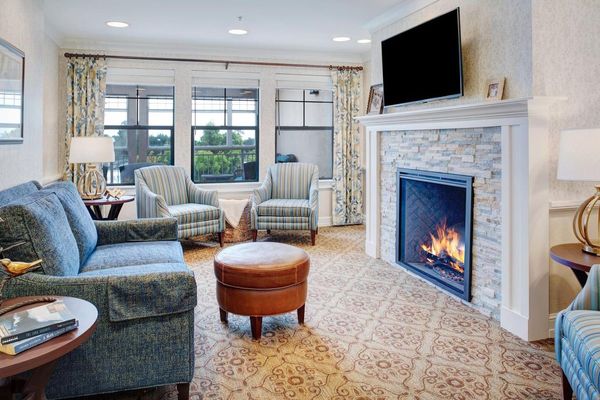
Sunrise Of San Mateo
955 South El Camino Real , San Mateo, CA 94402
Assisted Living , Memory Care

955 South El Camino Real , San Mateo, CA 94402
Assisted Living , Memory Care
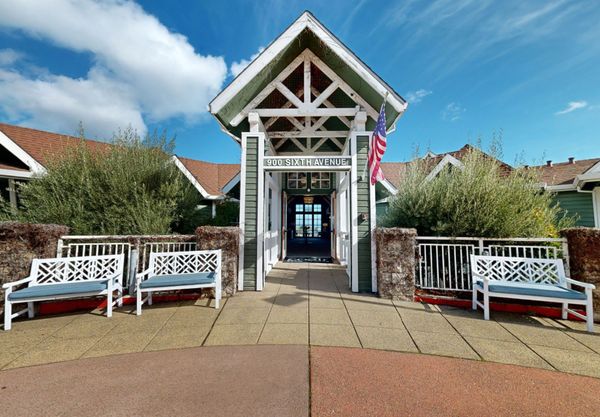
900 6th Avenue, Belmont, CA 94002
Assisted Living
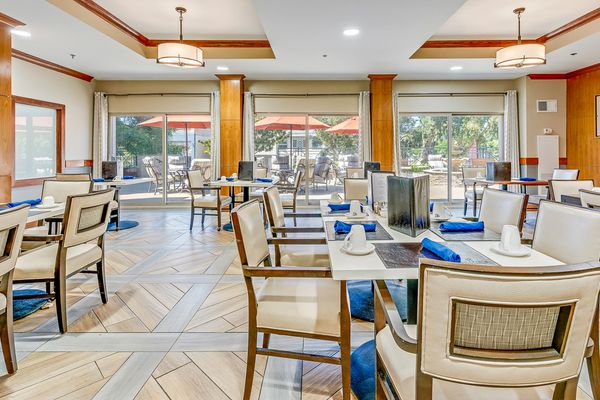
250 Myrtle Road, Burlingame, CA 94010
Assisted Living , Memory Care , Independent Living
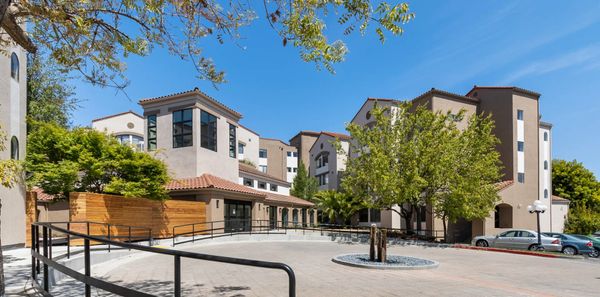
1201 Broadway, Millbrae, CA 94030
Assisted Living , Memory Care , Independent Living
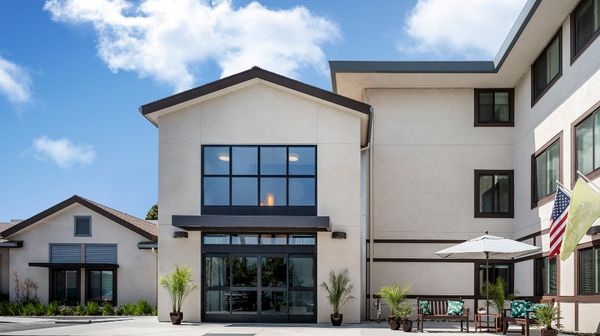
2883 South Norfolk Street, San Mateo, CA 94403
Assisted Living , Memory Care
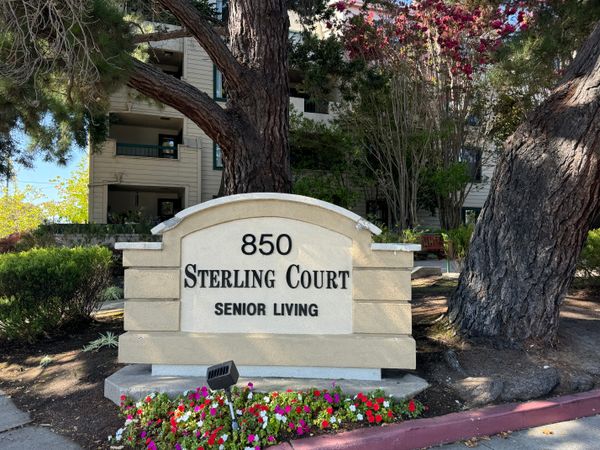
850 North El Camino Real, San Mateo, CA 94401
Assisted Living , Independent Living
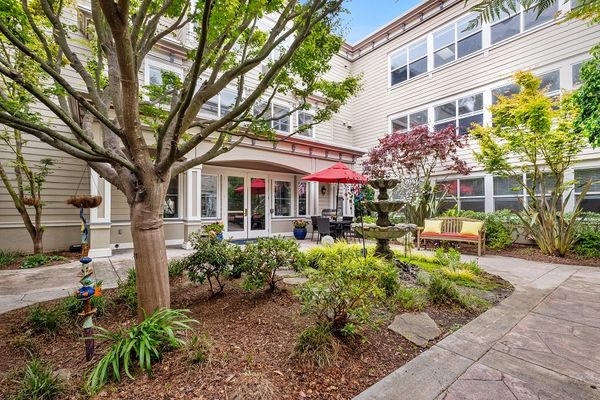
2280 Gellert Boulevard, South San Francisco, CA 94080
Assisted Living , Memory Care
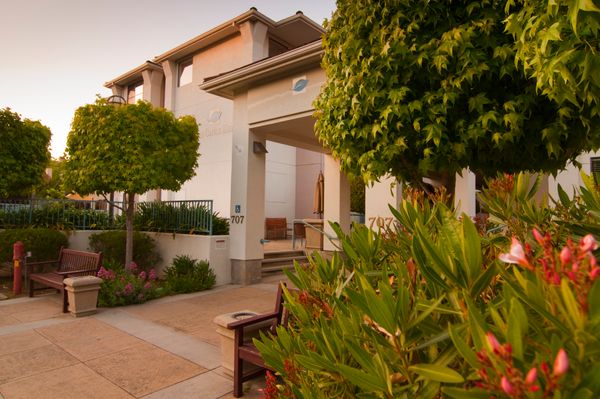
707 Elm Street, San Carlos, CA 94070
Assisted Living , Memory Care

501 King Drive, Daly City, CA 94015
Assisted Living , Independent Living
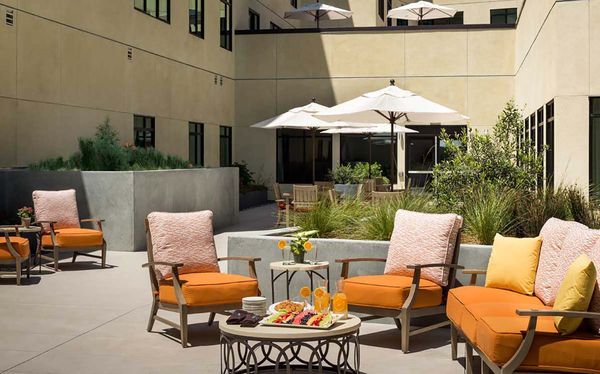
707 Thayer Lane, Foster City, CA 94404
Assisted Living , Memory Care , Independent Living
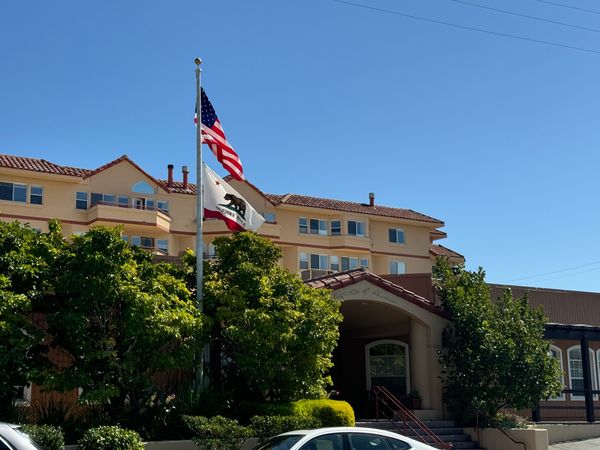
201 Chadbourne Avenue, Millbrae, CA 94030
Assisted Living
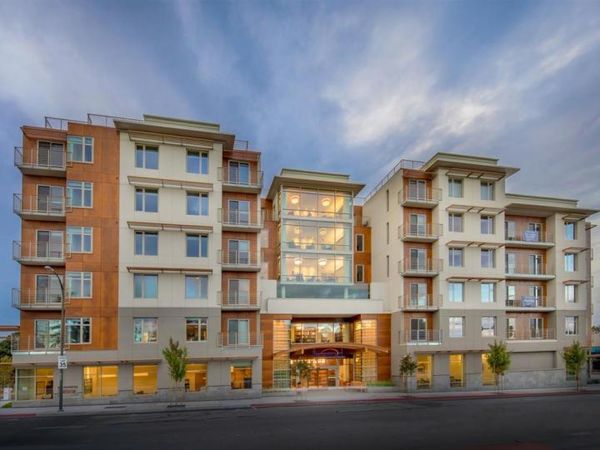
1600 Trousdale Drive, Burlingame, CA 94010
Assisted Living , Memory Care , Independent Living
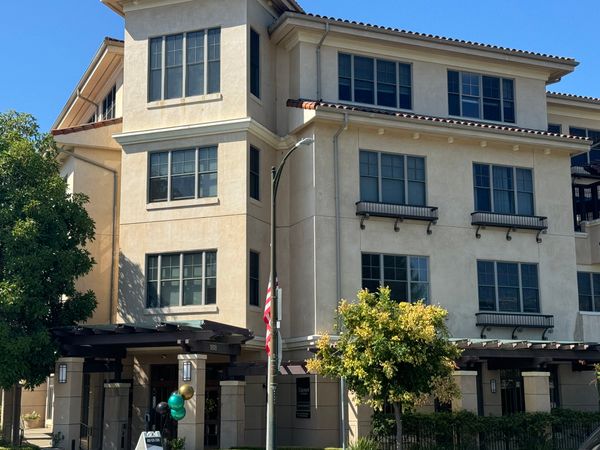
1818 Trousdale Drive, Burlingame, CA 94010
Assisted Living , Memory Care
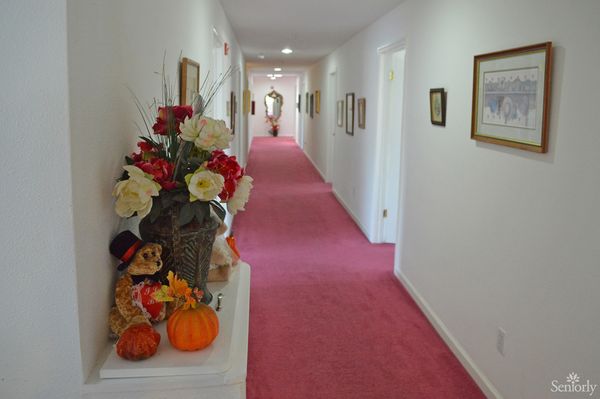
2836 Flores Street, San Mateo, CA 94403
Assisted Living , Board and Care Home
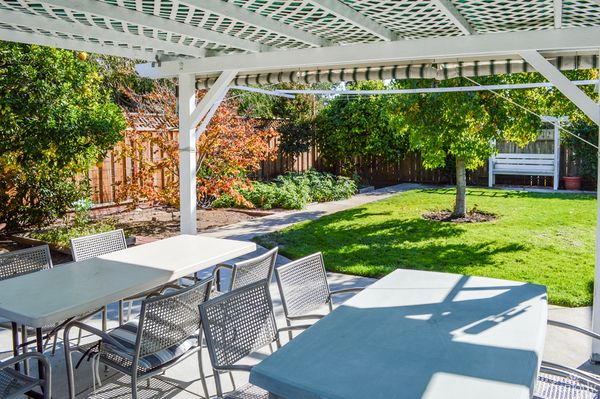
3647 Pacific Boulevard, San Mateo, CA 94403
Assisted Living , Board and Care Home , Memory Care
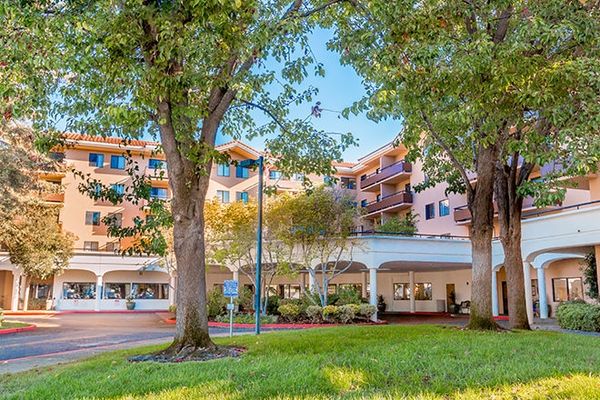
485 Woodside Road, Redwood City, CA 94061
Assisted Living , Independent Living
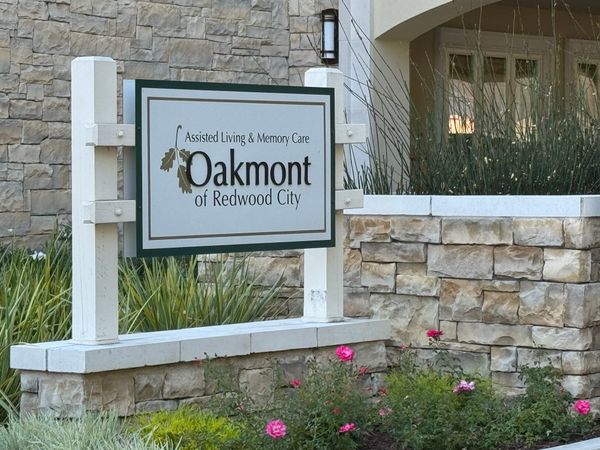
1 East Selby Lane, Redwood City, CA 94063
Assisted Living , Memory Care
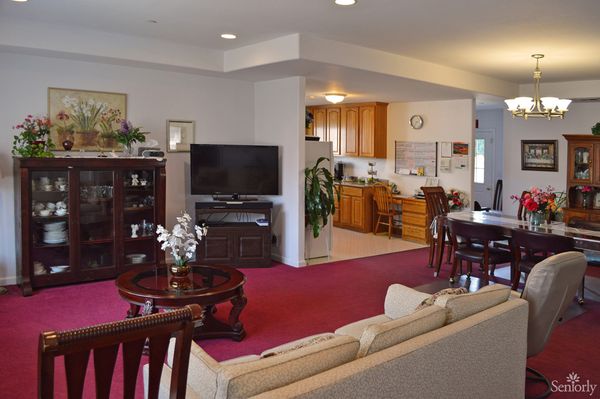
151 28th Avenue, San Mateo, CA 94403
Assisted Living , Board and Care Home
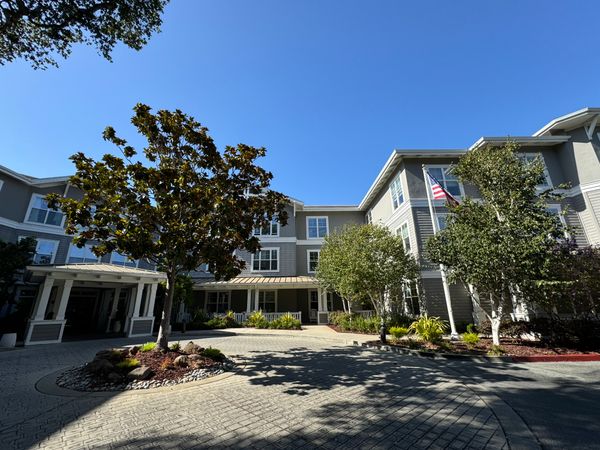
1010 Alameda De Las Pulgas, Belmont, CA 94002
Assisted Living , Memory Care
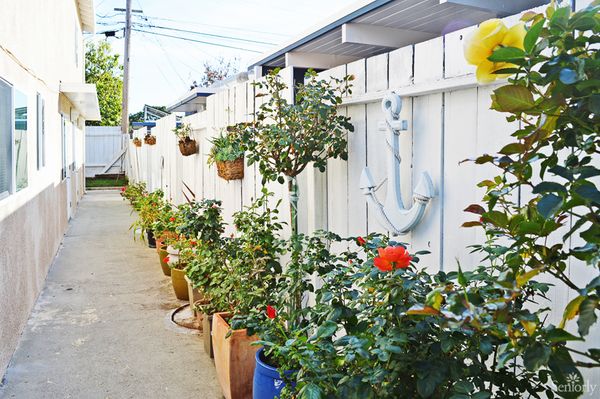
630 Vanessa Drive, San Mateo, CA 94402
Assisted Living , Board and Care Home , Memory Care
The figures below show the average monthly starting costs for assisted living of nearby cities. Keep in mind that these figures are an average, and that the numbers used to calculate it spanned a wide range. In fact, Seniorly data suggests that most families will underestimate their monthly budget by almost 20%, meaning that once inclusions and services are factored in, they can actually afford more than they originally thought.
Very good
Seniorly Community Score
The Seniorly Community Score is a comprehensive and unbiased rating system that takes into account multiple factors crucial to senior living quality. We've meticulously analyzed thousands of senior living communities across the country to create an innovative and accurate assessment of each community's strengths and offerings. The Seniorly Community Score employs a user-friendly scale from 1 to 10, with 10 signifying an exceptional senior living community and 1 representing the lower end of quality, ensuring an easy-to-understand and transparent evaluation for families.
San Mateo assisted living communities had an average of 7.28 citations in 2023. This is 30.38% higher than the San Mateo County average of 5.58 citations and 53.09% higher than the California average of 4.75 citations.
Citations are official notifications issued by regulatory agencies during inspections of assisted living facilities. These citations are given when violations or deficiencies related to resident safety, care, or adherence to regulations are identified. They serve as a means to highlight areas where the facility may not be meeting the required standards, prompting the need for corrective action. Citations can range in severity, with Type A citations addressing more serious violations that may pose potential harm to residents, and Type B citations addressing less severe infractions.
San Mateo assisted living communities had an average of 2.49 allegations in 2023. This is 21.64% higher than the San Mateo County average of 2.05 allegations and 46.86% lower than the California average of 4.69 allegations.
Allegations are critical in California assisted living licensing compliance as they signal potential issues and trigger thorough investigations. By addressing allegations promptly, regulators can enforce corrective actions, ensuring a safe and supportive environment for senior living communities' residents. Maintaining accountability through investigations helps uphold the highest standards of care in the industry.
San Mateo assisted living communities had an average of 2.56 inspections in 2023. This is 25.73% higher than the San Mateo County average of 2.03 inspections and 9.29% lower than the California average of 2.82 inspections. A lower number of inspections in assisted living facilities is actually better because it indicates a higher level of consistent compliance with regulations and standards.
Inspections play a vital role in the context of California assisted living licensing compliance as they are key to maintaining the highest standards of care and safety for seniors. Regular and thorough inspections are conducted by regulatory authorities to assess whether assisted living facilities meet the required licensing standards and regulations. These inspections help identify any potential issues, deficiencies, or violations within the facilities, ensuring prompt corrective actions and improvements are implemented. By holding facilities accountable through inspections, California can ensure that seniors residing in these communities receive the best possible care and support, fostering an environment of trust and confidence for families seeking suitable living options for their loved ones.
For active older adults who want to downsize to a home in a retirement community but don't need help to live independently.
A supervised and secured community designed to support engagement and quality of life for residents living with dementia.
For residents who want to age in place as their care needs change—from Independent Living to nursing care. Requires a buy-in fee.
For seniors with more serious medical needs who require skilled care following a hospitalization, illness, or surgery. Nursing Homes are also known as skilled nursing facilities.
Homes in residential neighborhoods that are equipped and staffed to provide daily care for a small number of residents.
Get access to personalized senior living and care options.